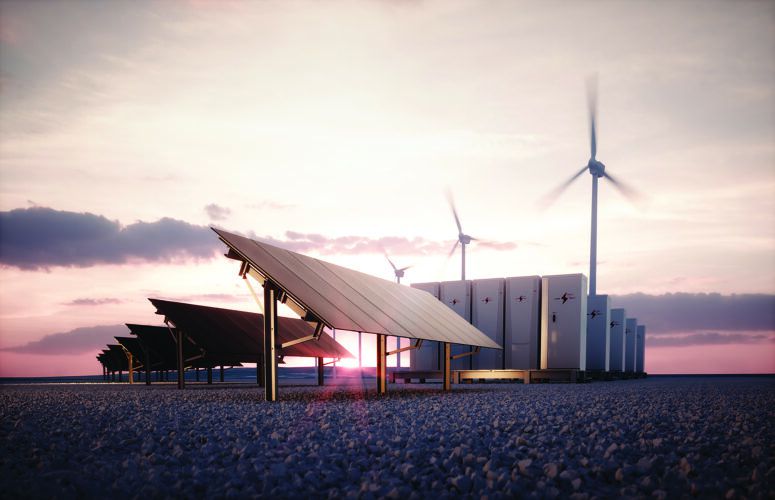There is a critical emphasis on addressing the impact of climate change, severe weather, and grid volatility—all of which have a costly impact to business and society.
Distributed energy resources, microgrids and renewables are becoming more and more prevalent as we move towards resiliency and carbon neutrality while the economics become even more compelling.
What has become clear is the benefits to organizations from pairing those renewable sources with battery energy storage systems and microgrid controls to create a holistic solution for Green Resiliency.
Utilizing on-site solar at a variety of campuses across the United States helps meet the company’s ESG environmental goals, but the strategy also delivers community benefits such as job creation, tax revenue and increased grid resiliency in locations where its customers live and work.
A microgrid can enable non-interrupted operation and communication if a business’ bulk power system becomes unavailable during a natural disaster like a hurricane, wildfire or flood.
Distributed energy generation is now essential infrastructure for securing energy supply for the many industries that require reliable power, including critical operations at military base sites such as Fort Bragg, where construction on a floating solar photovoltaic system on a 66-acre lake began in the fall of 2020.
Favorable administration policy, an increased focus on the need for resilient and reliable power, and the re-alignment of organizations across the globe with net zero targets gives rise to a perfect storm for Green Resiliency.
His primary focus is on the financial and technical development, analysis, and measurement of initiatives through complex-scenario data analysis and evaluation to drive desired business results.
